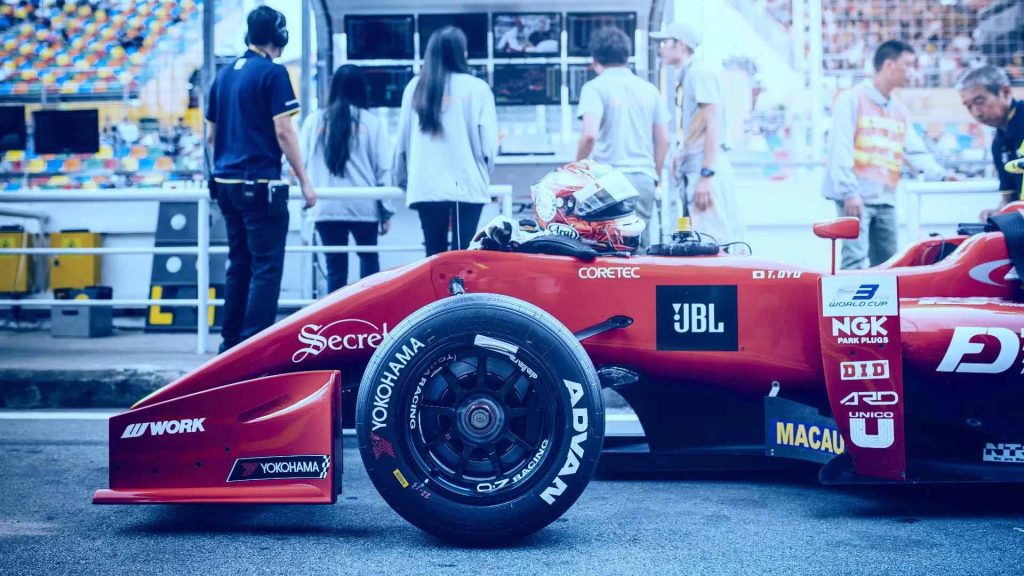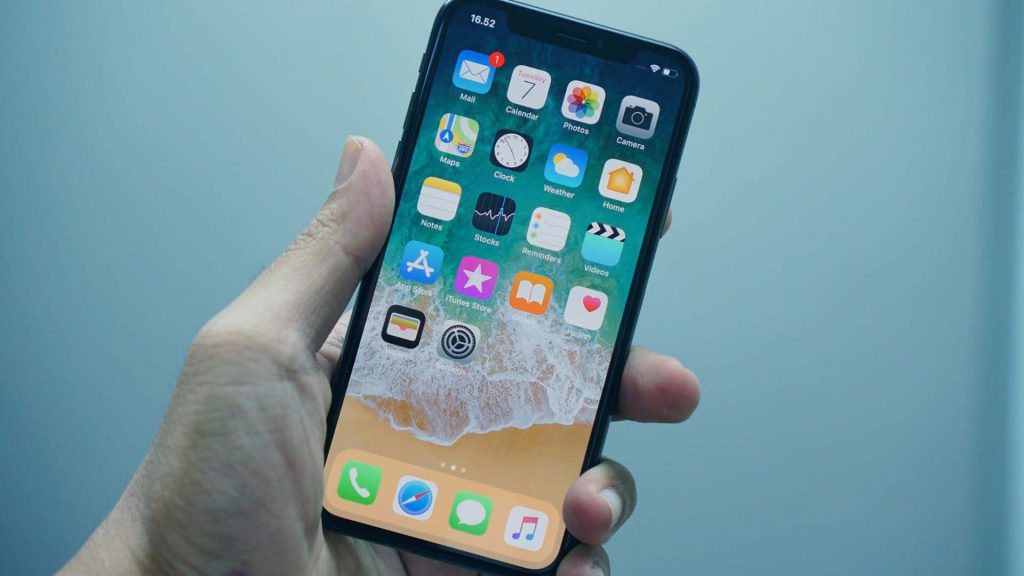Sponsorships: Drowning in a sea of logos
How many times have we seen a football game, a Formula One race, a basketball game, or any other sporting activity with sponsorships being just logos floating along the sidelines, on the event poster and website, and as the rather bland background for the post-event press conference? You might have paid a lot of money for that and the consumer, if they haven’t managed to block it out altogether, has learned to tolerate it with only a moderate level of annoyance. And they almost never make a purchase decision based on the fact that your company is a proud sponsor of ________________!
So what are you paying for with your sponsorships? Awareness? The right to entertain distributors and trade customers at the event? Bragging rights? To demonstrate leadership? None of those arguments made sense the first time you heard it and it still doesn’t. Awareness isn’t enough – you need to create purchase intent. Merely putting your logo out there won’t cut it. And you don’t need to pay a massive premium to entertain guests at any event.
Let the other guy pay the sponsorship costs while you just buy the tickets, order the catering, and do whatever else you need to show your customers a good time. And if you are talking about bragging rights and demonstrating leadership, you’re really just talking about ego – typically that of the owners or the CEOs. Either way, the marketing spending that you’re diverting to sponsorship isn’t going to impact your sales in any way commensurate with what you are paying for those rights.
Going into a sponsorship relationship with this kind of thinking will eventually wake you up to the painful reality that it’s really not worth the cost. You’ll drop the sponsorship. And this is bad news for the organization that sold you the sponsorship in the first place, because now they need to develop another relationship that will vanish, too, in a few years’ time. Hopefully, at some point, they will look for some sustainability and start getting ahead of the recurring problem with some proactive ideas to make the sponsorship spending for the next client actually pay off.
It’s true that some sponsorship packages do pass the test of time, but that doesn’t necessarily mean that they’ve passed the test of improved sales in the marketplace as well. More often than not it is because the ego stakes are so elevated that the company and/or CEO cannot see a way to gracefully exit such a high-profile relationship. “What if the competitor gets it?” You might ask. “We can only hope,” would be the best response. Even better than getting a bad investment off your books is to get it on to your competitors’ books.
Yes, it’s true that this is a pretty negative attitude to sponsorships. But that’s only because so few have actually worked. Better to go in with the assumption that they don’t work and then work to prove the opposite than to go in with false expectations. At Coca-Cola, there was a saying that if it moves – sponsor it! If it stands still – paint it red! And for a long time they sponsored and painted. One senior executive with the company in the early 1990s used to count logos en route from the airport to his hotel as a measure of local market effectiveness. If an offending Pepsi machine was found near the airport, it had to be replaced – no matter the cost! And it was. And it costs a lot.
Putting sponsorships to work
What you want to do with an effective sponsorship in marketing speak is called “associative imagery.” You want to create a stronger image (positioning) for your brand by associating it with a person, an activity, or an event that is highly regarded by your target consumer. So naturally, the first place to start is to figure out what your consumer cares about.
The second thing to ask yourself is whether, within that relationship between the consumer and the activity that they care about, there is a meaningful role for your brand. If not, you are like the third person on a date. The other two may grow to tolerate your presence if they absolutely have to, like some sort of unwanted chaperone, but they would probably prefer if you just got lost for a while. If you have to be there, try to be as quiet and as unobtrusive as possible by staying out of the way.
A good fit
But imagine if you could find a way to improve the consumer experience with the sponsored activity. That’s where you need to focus. Don’t just go along for the ‘sea of logos’; make your brand a meaningful contribution to the experience – one that only your brand can provide. If you do it right, the consumer will welcome you into the relationship with a brand purchase because consuming your brand enhances the experience they are seeking.
You need to be a credible participant. Your sponsorship communication needs to demonstrate that you not only understand the passion the consumer has for the activity or the event but that you share this passion, too. Fans are members of a tribe; they share little nuances and insights that show other members of the tribe that they truly belong. You need to recognize those codes, rituals, and shared values to prove you really belong and are not just a poser.
Then you need to make sure the tribe members become consumers by making the connection that a brand purchase is an integral part of improving their overall experience. Don’t do it by holding the experience hostage and charging a ransom. Do it by showing that the experience is actually better with the involvement of your brand. And perhaps most importantly relative to getting a return on your sponsorship investment, make sure that your brand is better off with the activity experience involved. Look at how Toyota linked the performance of their cars with their F1 sponsorship. They failed to win a manufacturers’ title in the ten years they were involved, but they did a better job than most with linking their brand to the experience – what they did for the F1 experience and what the F1 experience did in driving purchase intent for their cars.
Aligning the consumer experience
As you consider connecting your brand to a sponsored person, activity, or event, think of both in terms of what’s in it for the consumer. How do they prioritize the benefits they receive from the brand as well as what they receive from the sponsored activity?
What you are looking for here is not only a good fit, you want synergy: 1+1=3.
There used to be a rule of thumb with sponsorships that for every $1 you spend on the sponsorship rights, you should spend $5 on activating the sponsorship. This puts a focus on activation – connecting the brand with the sponsored event experience. But was this equation ever really an accurate measurement? With the advent of social media and other consumer-led communication tools, if it was, it’s even less accurate today. What you spend isn’t as linked to the consumers you reach as it used to be.
Today, marketing is much more about what it should have been all along: engaging consumers in a meaningful and credible way to drive purchase intent and purchase behavior. It is less about budgets and spending equations. Sponsorships can be a valuable tool to engage consumers if you know how to use them… and are clear about what you intend to use them for. Don’t waste time on a failed sponsorship model; leap ahead with a more impactful way of engaging consumers within an integrated brand/activity experience.



